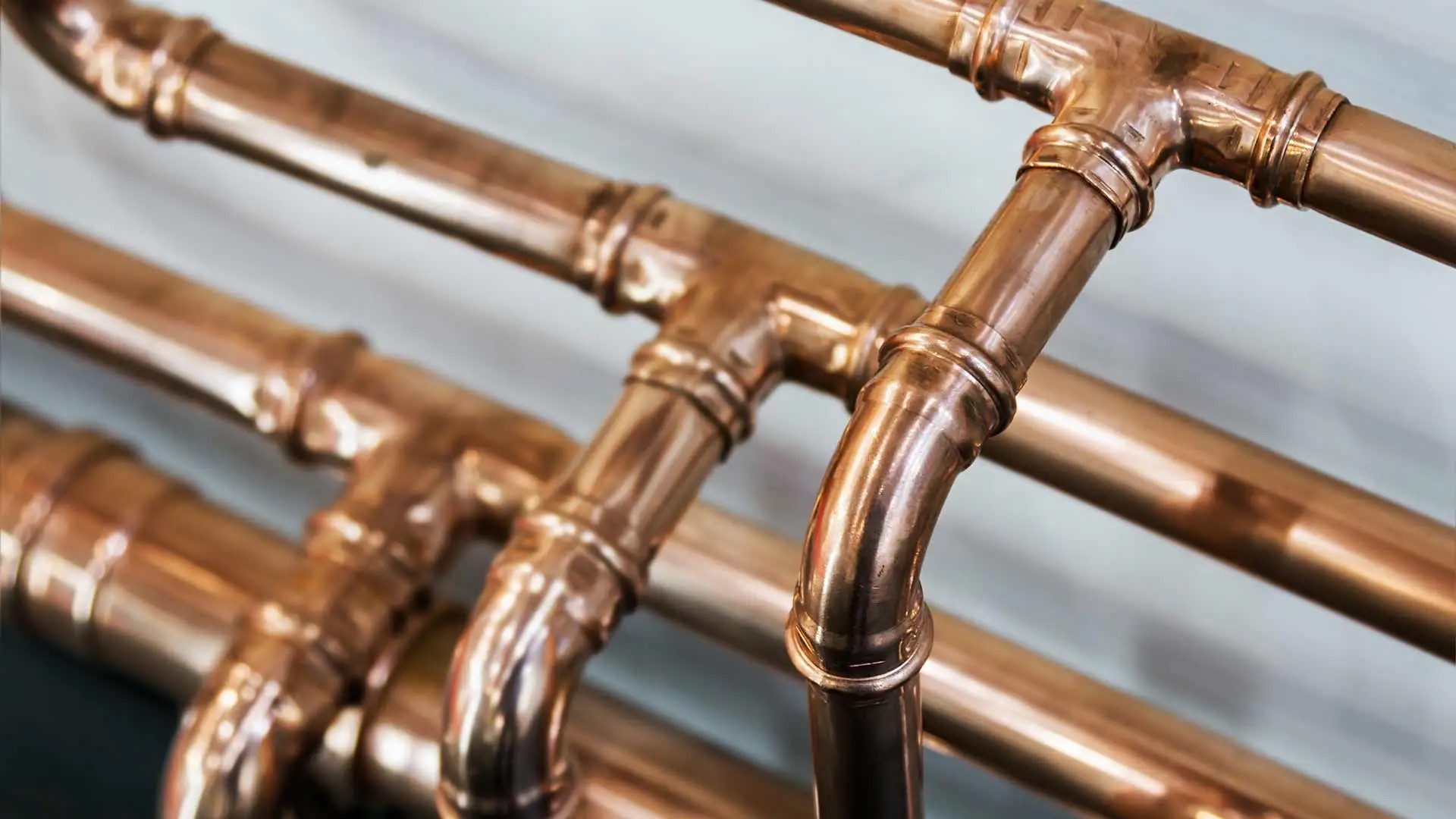

Articles
How Long Does Copper Plumbing Last
Modified: October 20, 2024
Looking for articles about copper plumbing? Discover how long copper plumbing can last and ensure the longevity of your plumbing system.
(Many of the links in this article redirect to a specific reviewed product. Your purchase of these products through affiliate links helps to generate commission for Storables.com, at no extra cost. Learn more)
Introduction
Copper plumbing has long been a popular choice for residential and commercial plumbing systems. Its durability, corrosion resistance, and aesthetic appeal have made it a preferred material for piping. However, like any system, copper plumbing also has a limited lifespan and can deteriorate over time. Understanding how long copper plumbing lasts and the factors that affect its lifespan is crucial for homeowners and property owners to ensure the longevity and functionality of their plumbing systems.
In this article, we will delve into the various factors that impact the lifespan of copper plumbing, the corrosion resistance of copper pipes, signs of wear and tear to look out for, and maintenance tips to extend the lifespan of copper plumbing.
Let’s dive in and explore the fascinating world of copper plumbing!
Key Takeaways:
- Copper plumbing can last 50-70 years with proper maintenance, water quality, and installation. Regular inspections and addressing wear and tear signs are crucial for longevity.
- Factors like water quality, installation, and maintenance impact copper plumbing lifespan. Understanding corrosion resistance and signs of wear and tear is essential for homeowners.
Read more: How To Solder Copper Plumbing
Factors Affecting the Lifespan of Copper Plumbing
Several factors can influence the lifespan of copper plumbing systems. By understanding these factors, homeowners can make informed decisions about their plumbing infrastructure and take appropriate measures to maximize its durability.
1. Water Quality: The quality of the water flowing through copper pipes plays a significant role in their lifespan. Water that is high in acidity or alkalinity can cause corrosion, leading to the degradation of the pipes. Additionally, water with high levels of minerals, such as calcium and magnesium, can result in the accumulation of mineral deposits inside the pipes, reducing their efficiency and longevity.
2. Installation Quality: The skill and expertise of the plumbing contractor who installs the copper pipes can significantly impact their lifespan. Proper installation techniques, such as the correct soldering of joints and avoiding excessive strain or bending, ensure the pipes are securely in place and free from potential stress points or leaks.
3. Temperature Fluctuations: Copper pipes are known for their thermal conductivity, which means they can expand and contract with temperature changes. Extreme temperature fluctuations can put stress on the pipes, leading to cracks or leaks over time. Insulating the pipes in areas exposed to extreme temperatures can help minimize the strain and prolong their lifespan.
4. Water Velocity: The speed at which water flows through the pipes, also known as water velocity, can affect their durability. High water velocities can cause erosion and premature wear, especially at bends and joints. It is essential to ensure that the plumbing system is designed correctly, considering the appropriate pipe diameter and flow rates to avoid excessive water velocities.
5. External Factors: Environmental conditions, such as soil composition and moisture levels, can impact the lifespan of copper plumbing. Soils with high levels of acidity or corrosive substances can accelerate the rate of corrosion. Additionally, if the pipes are exposed to excessive moisture or damp conditions, it can lead to the development of mold or mildew, further compromising their integrity.
By assessing and addressing these factors, homeowners can take proactive measures to extend the lifespan of their copper plumbing systems. Regular maintenance and proper care are essential in preserving the functionality and durability of the pipes.
Corrosion Resistance of Copper Pipes
One of the primary reasons why copper pipes are widely used in plumbing systems is their exceptional corrosion resistance. Copper possesses natural properties that make it highly resistant to corrosion, contributing to the longevity and reliability of copper plumbing systems.
Copper’s corrosion resistance stems from its ability to form a protective layer on its surface, known as a patina. This patina acts as a barrier between the copper and the corrosive elements present in the water or environment.
The corrosion resistance of copper is due to several factors:
1. Passive Film Formation: Copper pipes undergo a process called oxidation when exposed to moisture and air. This oxidation results in the formation of a passive film, a thin layer of copper oxide, on the surface of the pipes. This film acts as a protective barrier, preventing further corrosion of the underlying copper.
2. Self-Healing Ability: Copper has a unique ability to self-heal when it comes into contact with oxygen and moisture. Any areas on the pipe surface that are scratched or damaged will naturally react with the oxygen and moisture present, forming a new layer of patina, effectively repairing the damage and restoring the corrosion resistance of the pipe.
3. pH Balance: Copper pipes exhibit optimal corrosion resistance within a specific pH range. Water with a pH level between 6.5 and 8.5 is considered suitable for copper plumbing systems. If the water’s pH falls outside this range, it can potentially degrade the protective patina layer, leading to corrosion of the pipes.
4. Low Reactivity: Copper is a relatively unreactive metal compared to other materials commonly used in plumbing, such as iron or steel. It does not readily react with water, oxygen, or most common household chemicals, making it highly resistant to corrosion caused by these substances.
While copper pipes are incredibly resistant to corrosion, it is important to note that certain factors can still accelerate the corrosion process. Water with high levels of chlorine, chloramines, or other aggressive chemicals, as well as exposure to extreme conditions or contaminants, can potentially compromise the corrosion resistance of copper pipes.
Regular inspection and maintenance of copper plumbing systems are essential to ensure any early signs of corrosion are identified and addressed promptly. Additionally, monitoring the water quality and pH levels can help maintain the effectiveness of the protective patina layer.
Overall, copper’s inherent corrosion resistance, combined with proper maintenance practices, makes it a durable and reliable choice for plumbing systems, ensuring years of trouble-free operation.
Expected Lifespan of Copper Plumbing
Copper plumbing systems are renowned for their durability and longevity. When installed and maintained properly, copper pipes can last for several decades, providing reliable water supply and drainage. The expected lifespan of copper plumbing can vary depending on various factors, such as water quality, installation quality, and maintenance practices.
On average, copper plumbing can last between 50 to 70 years. However, it is essential to note that this estimate is a general guideline and not an absolute guarantee. The actual lifespan can be influenced by several factors specific to each plumbing system.
The quality of the water flowing through the copper pipes significantly contributes to their lifespan. Water with high acidity or alkalinity levels can corrode copper, causing the pipes to deteriorate more quickly. Additionally, water with high mineral content can lead to the formation of mineral deposits inside the pipes, potentially reducing their efficiency and lifespan. Regular water testing and treatment, if necessary, can help mitigate these issues and extend the lifespan of copper plumbing.
The installation quality of the copper pipes also plays a vital role in their projected lifespan. Improper installation practices, such as inadequate soldering, excessive bending or strain, or using incorrect pipe sizes, can create weak points or stress areas that may lead to leaks or premature failure. Employing a reputable and experienced plumbing contractor for the installation is crucial to ensure the pipes are correctly positioned and secure, maximizing their lifespan.
Maintenance practices are essential for preserving the longevity of copper plumbing systems. Regular inspections can help identify any signs of wear and tear or early corrosion. Prompt repairs or replacements of damaged or deteriorated sections of the plumbing can prevent further problems and extend the overall lifespan of the system.
It is also worth considering that the expected lifespan of copper plumbing may be influenced by external factors such as environmental conditions. Soils with high acidity or corrosive substances can accelerate corrosion, potentially shortening the lifespan of the pipes. Moisture levels and exposure to extreme temperatures can also impact the integrity of the plumbing system. Taking precautions such as insulation and proper drainage can help mitigate these factors and increase the lifespan of copper plumbing.
Overall, with proper installation, regular maintenance, and suitable environmental conditions, copper plumbing systems can provide reliable service for several decades. However, it is important to monitor the performance of the plumbing system and address any issues promptly to maximize its lifespan.
Copper plumbing can last up to 50 years or more with proper maintenance and care. Regular inspections and addressing any issues promptly can help extend the lifespan of your copper plumbing system.
Signs of Copper Plumbing Wear and Tear
While copper plumbing systems are known for their durability, they are not immune to wear and tear over time. It is important for homeowners to be aware of the signs that indicate potential issues with their copper plumbing. Timely identification and addressing of these signs can prevent further damage and ensure the longevity of the plumbing system.
1. Leaks: One of the most common signs of wear and tear in copper plumbing is the presence of leaks. Leaks can occur at joints, connections, or along the length of the pipes. Look out for any damp or wet spots on walls, ceilings, or under sinks. Water stains or discoloration on walls or ceilings are also indicators of possible leaks. Promptly addressing leaks can prevent water damage and further deterioration of the pipes.
2. Reduced Water Pressure: If you notice a decrease in water pressure throughout your home, it may be a sign of a problem with your copper plumbing. Blockages or corrosion inside the pipes can restrict the flow of water, resulting in reduced water pressure. Professional inspection and cleaning of the pipes can help resolve this issue and restore proper water flow.
3. Discolored Water: If you notice a change in the color of your water, such as brown or yellowish tint, it may indicate corrosion or mineral buildup inside the copper pipes. Discolored water can be a sign that the protective patina has deteriorated, exposing the copper to the water. Testing the water quality and inspecting the plumbing system can help determine the cause and take appropriate measures to address the issue.
4. Unpleasant Odors: Foul or unpleasant odors emanating from your taps or drains can indicate a problem with your copper plumbing. Bacterial growth or stagnant water can cause these odors. Flushing the pipes or using suitable cleaning agents can help eliminate the odor and improve the overall hygiene of the plumbing system.
5. Noisy Pipes: If you hear banging, clanging, or rattling sounds when you turn on or off a tap, it may be a sign of loose or damaged copper pipes. These noises, known as water hammer, can occur when sudden changes in water flow or pressure cause the pipes to vibrate or hit against other surfaces. Properly securing or replacing the affected pipes can resolve this issue and prevent further damage.
6. Visible Corrosion: Inspect visible sections of your copper plumbing for any signs of corrosion. Look for greenish or bluish patches, white powdery deposits, or signs of flaking on the surface of the pipes. These are indications that the protective patina layer has deteriorated, and the copper is being exposed to harmful elements. Prompt repair or replacement of the affected sections is necessary to prevent further corrosion and potential pipe failure.
If you notice any of these signs of wear and tear in your copper plumbing system, it is important to address them promptly. Consulting with a professional plumber can help identify the underlying issues and determine the best course of action to ensure the longevity and functionality of your copper plumbing.
Read more: Why Is Copper Used For In Plumbing
Maintaining and Extending the Lifespan of Copper Plumbing
Maintaining copper plumbing systems is essential to ensure their longevity and optimal performance. By implementing a few simple maintenance practices, homeowners can extend the lifespan of their copper plumbing and avoid costly repairs or replacements.
1. Regular Inspections: Conduct regular inspections of the copper plumbing system to identify any signs of wear and tear, leaks, or corrosion. Look for damp or wet spots, discoloration, or visible damage on the pipes. Early detection of issues allows for timely repairs or replacements, preventing further damage and ensuring the overall health of the plumbing system.
2. Monitor Water Quality: Keep an eye on the quality of the water flowing through the copper pipes. Test the water periodically for pH levels, mineral content, and any contaminants that may affect the corrosion resistance of the pipes. Treating the water if necessary can help maintain the protective patina layer and reduce the risk of corrosion.
3. Prevent Freezing: Copper pipes can be susceptible to damage from freezing temperatures. Insulate exposed pipes in areas prone to freezing, such as crawl spaces, basements, or attics. Proper insulation can prevent pipes from freezing and bursting, which can cause significant damage to the plumbing system.
4. Control Water Pressure: High water pressure can put undue stress on copper pipes, leading to leaks or damage. Install a pressure regulator to control the water pressure and ensure it remains within the recommended range for copper plumbing systems. Excessive water pressure can also cause water hammer, which can damage pipes and fittings. Address water hammer issues promptly to protect the integrity of the plumbing system.
5. Avoid Chemical Damage: Avoid using harsh chemical drain cleaners or corrosive substances that can damage copper pipes. Instead, opt for natural or mild drain cleaning solutions, or use a plunger or plumbing snake to clear minor clogs. Chemical damage can compromise the protective patina layer and accelerate corrosion.
6. Regular Cleaning: Periodically flush the copper pipes to remove any sediment or mineral deposits that can accumulate inside. Flushing the pipes can help maintain proper water flow and minimize the risk of blockages or reduced water pressure. Consult with a professional plumber if you are unsure about the appropriate cleaning methods.
7. Professional Maintenance: Engage the services of a professional plumber for regular maintenance of your copper plumbing system. Professional plumbers can perform comprehensive inspections, identify potential issues, and provide expert advice on maintaining the longevity of your plumbing system.
By following these maintenance practices, homeowners can significantly extend the lifespan of their copper plumbing systems. Regular inspections, monitoring water quality, preventing freezing, controlling water pressure, avoiding chemical damage, regular cleaning, and professional maintenance are all crucial steps in ensuring the durability and functionality of your copper plumbing for years to come.
Conclusion
Copper plumbing is a reliable and durable choice for residential and commercial plumbing systems. Its corrosion resistance, longevity, and aesthetic appeal make it a popular option for homeowners and property owners. Understanding the factors that affect the lifespan of copper plumbing and implementing proper maintenance practices are key to ensuring its longevity.
Factors such as water quality, installation quality, temperature fluctuations, water velocity, and environmental conditions all play a role in the lifespan of copper plumbing. By considering these factors and taking appropriate measures, homeowners can maximize the durability and functionality of their plumbing systems.
Copper pipes are naturally resistant to corrosion, thanks to the formation of a protective patina layer. This patina acts as a barrier, preventing further corrosion of the pipes. However, certain factors, such as aggressive water chemistry or extreme environmental conditions, can compromise the corrosion resistance of copper pipes. Regular inspections, monitoring water quality, and maintaining proper pH levels can help preserve the effectiveness of the protective patina layer.
The expected lifespan of copper plumbing can vary, but on average, it can last between 50 to 70 years. Factors such as water quality, installation quality, maintenance practices, and environmental conditions all influence the actual lifespan of copper plumbing. Regular inspections, addressing leaks, monitoring water pressure, and practicing proper maintenance can help extend the lifespan of copper plumbing systems.
Signs of wear and tear in copper plumbing, such as leaks, reduced water pressure, discolored water, unpleasant odors, noisy pipes, or visible corrosion, should not be ignored. Timely identification and addressing of these signs can prevent further damage and ensure the longevity of the plumbing system.
To maintain and extend the lifespan of copper plumbing, homeowners should conduct regular inspections, monitor water quality, prevent freezing, control water pressure, avoid chemical damage, perform regular cleaning, and engage in professional maintenance when necessary. These maintenance practices can help preserve the integrity and functionality of copper plumbing for years to come.
In conclusion, copper plumbing offers durability, corrosion resistance, and aesthetic appeal. By understanding the factors that affect its lifespan and maintaining it properly, homeowners can enjoy reliable and long-lasting plumbing systems. Regular inspections, monitoring water quality, and implementing appropriate maintenance practices are essential for maximizing the lifespan of copper plumbing and ensuring the smooth operation of your plumbing system for years to come.
Frequently Asked Questions about How Long Does Copper Plumbing Last
Was this page helpful?
At Storables.com, we guarantee accurate and reliable information. Our content, validated by Expert Board Contributors, is crafted following stringent Editorial Policies. We're committed to providing you with well-researched, expert-backed insights for all your informational needs.
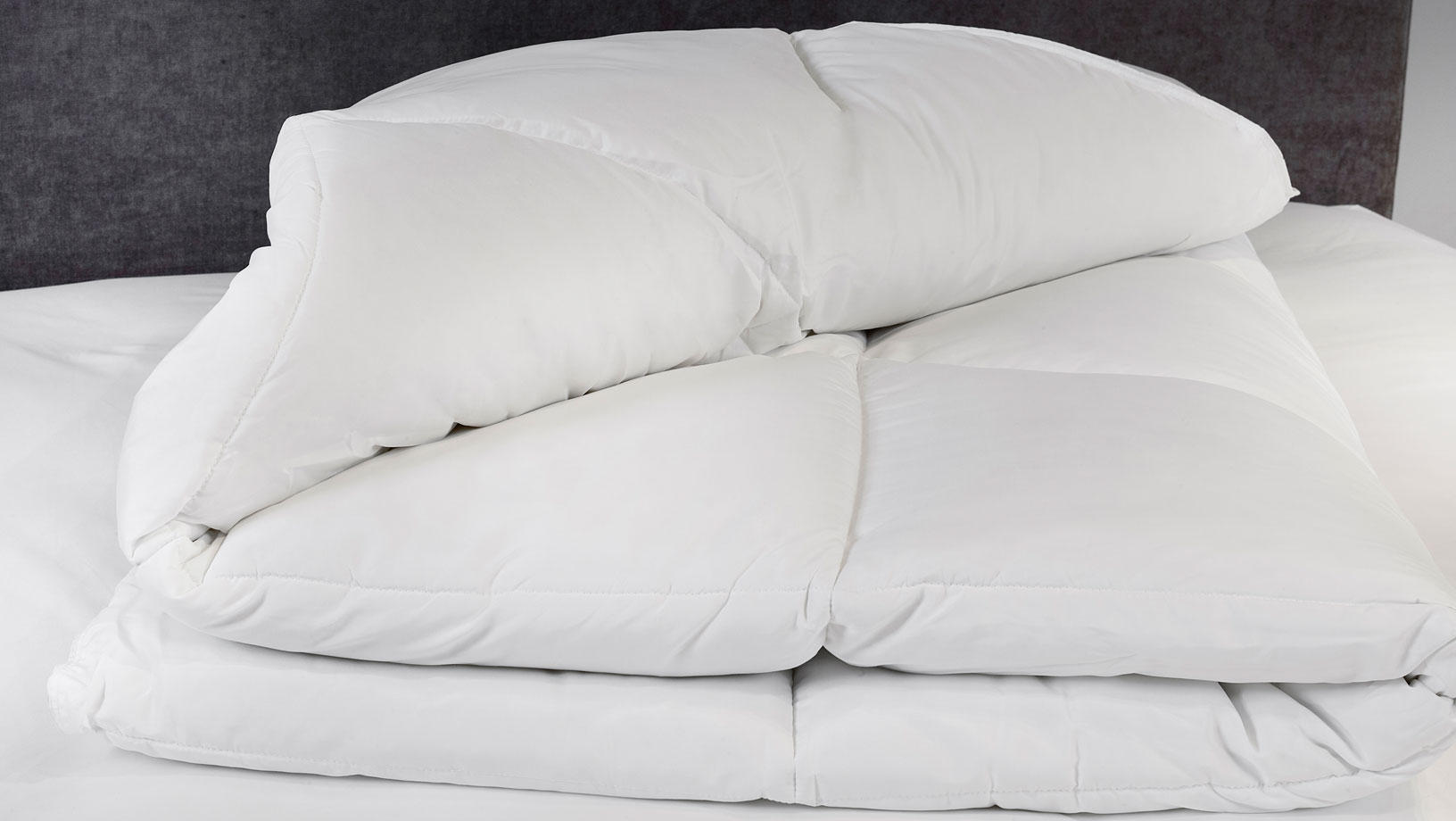
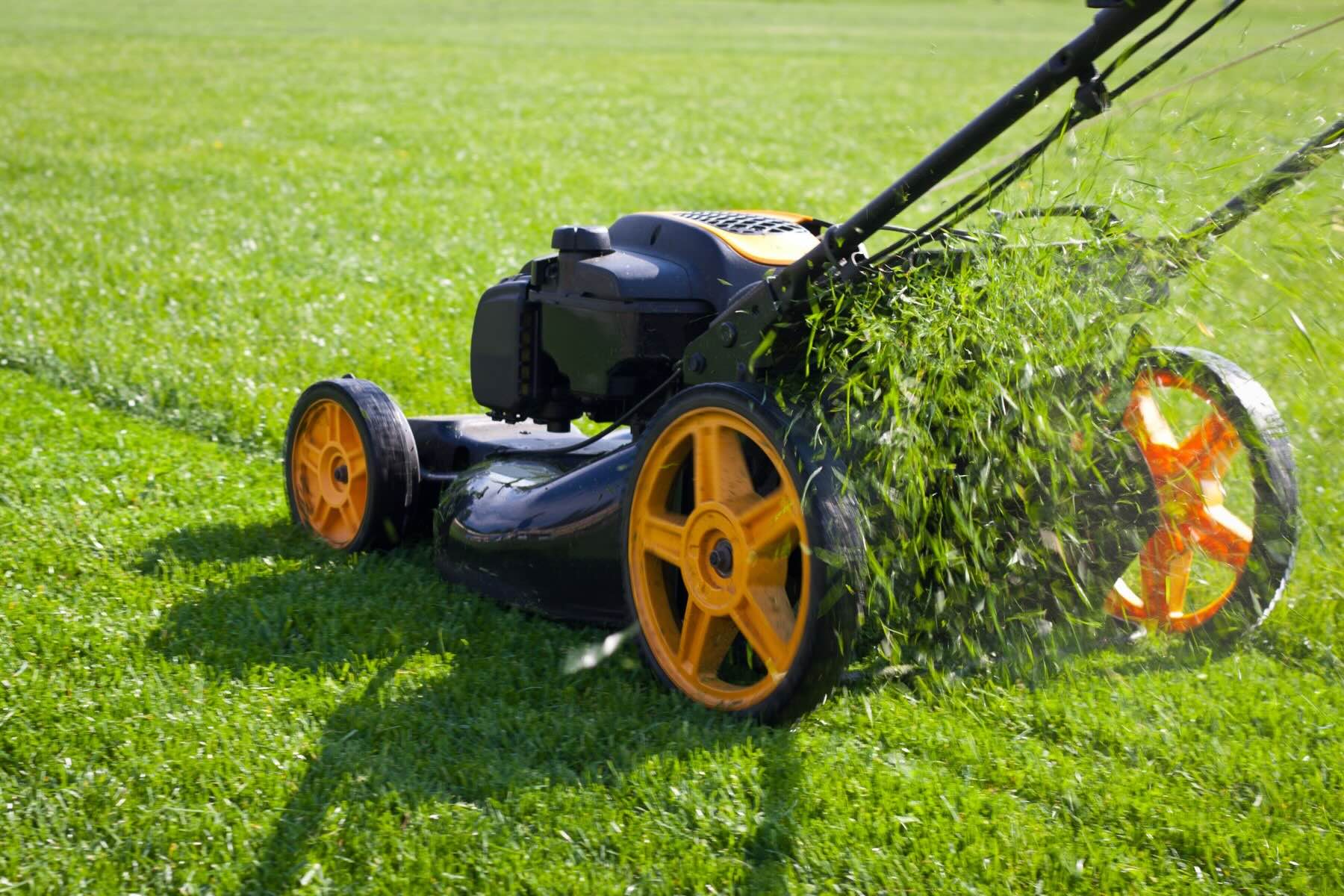
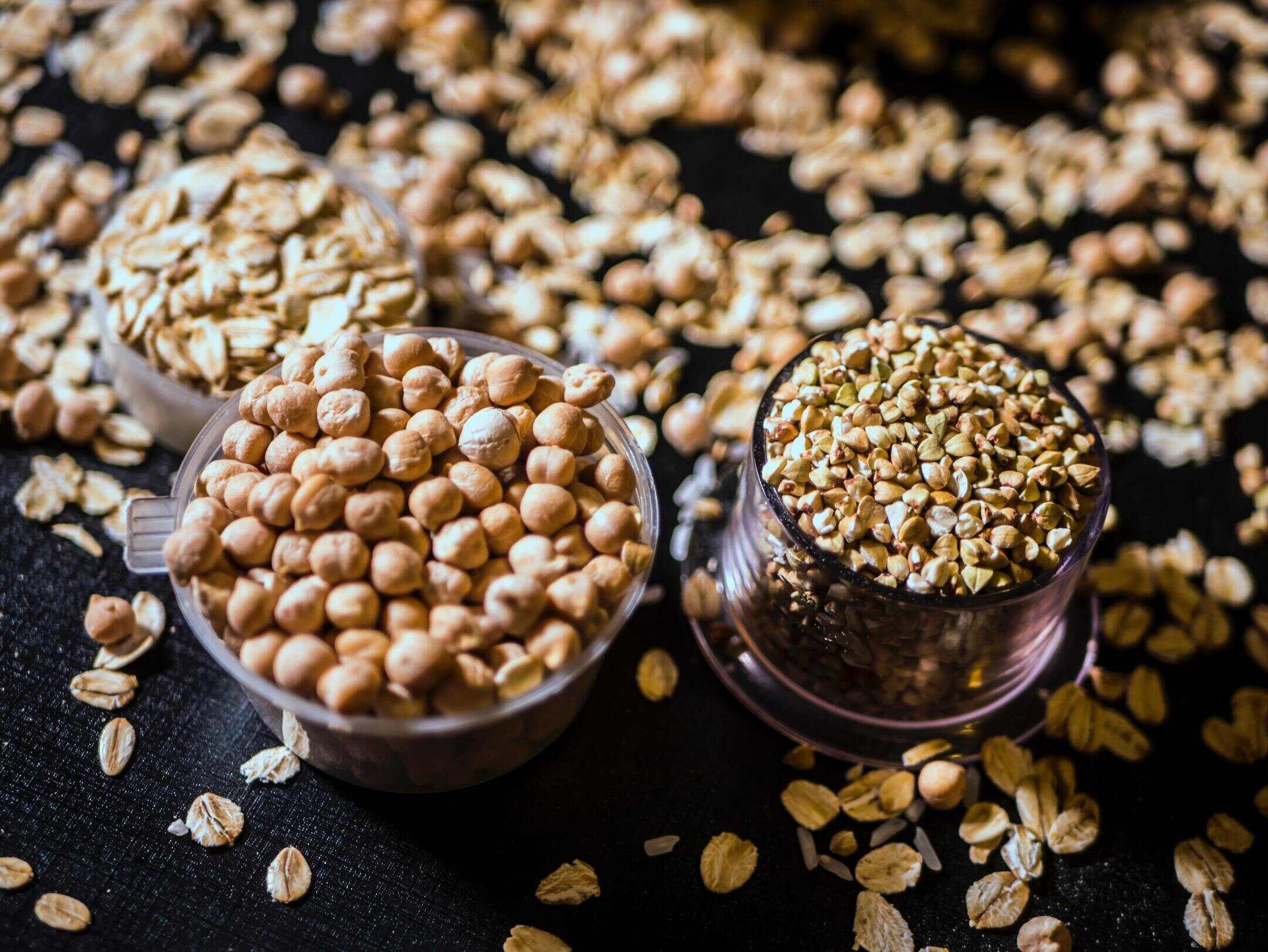
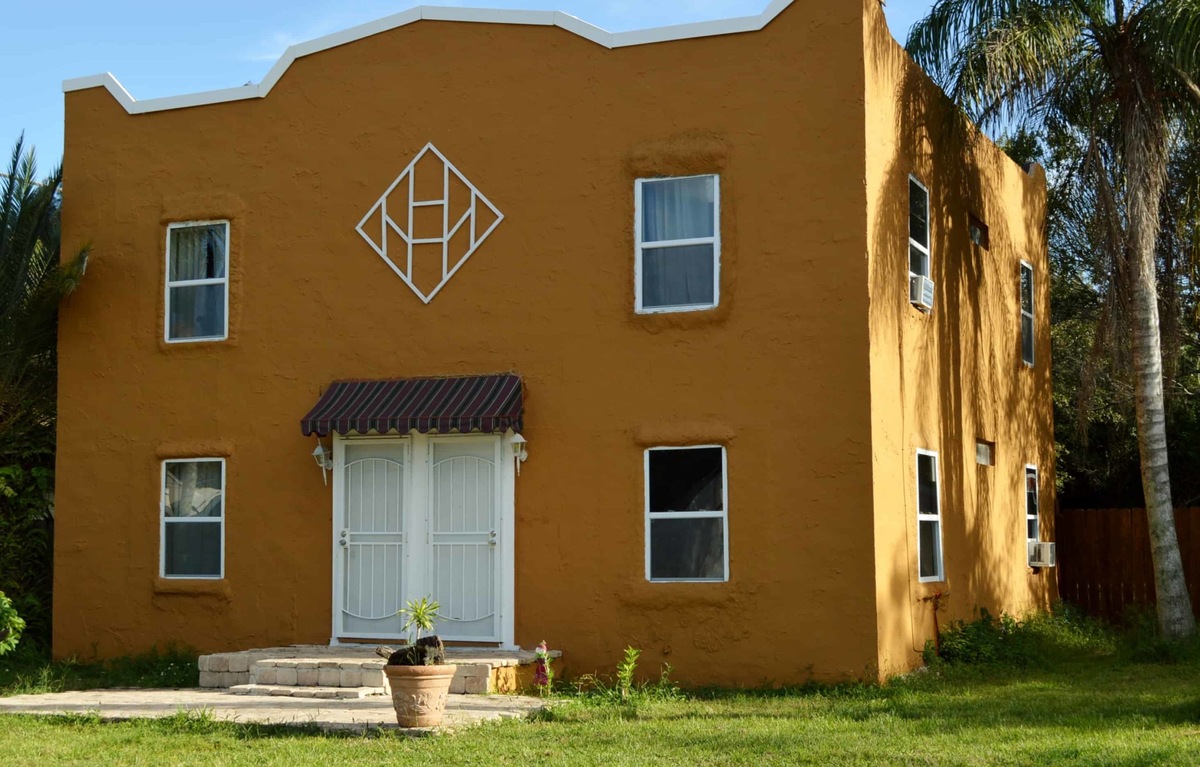
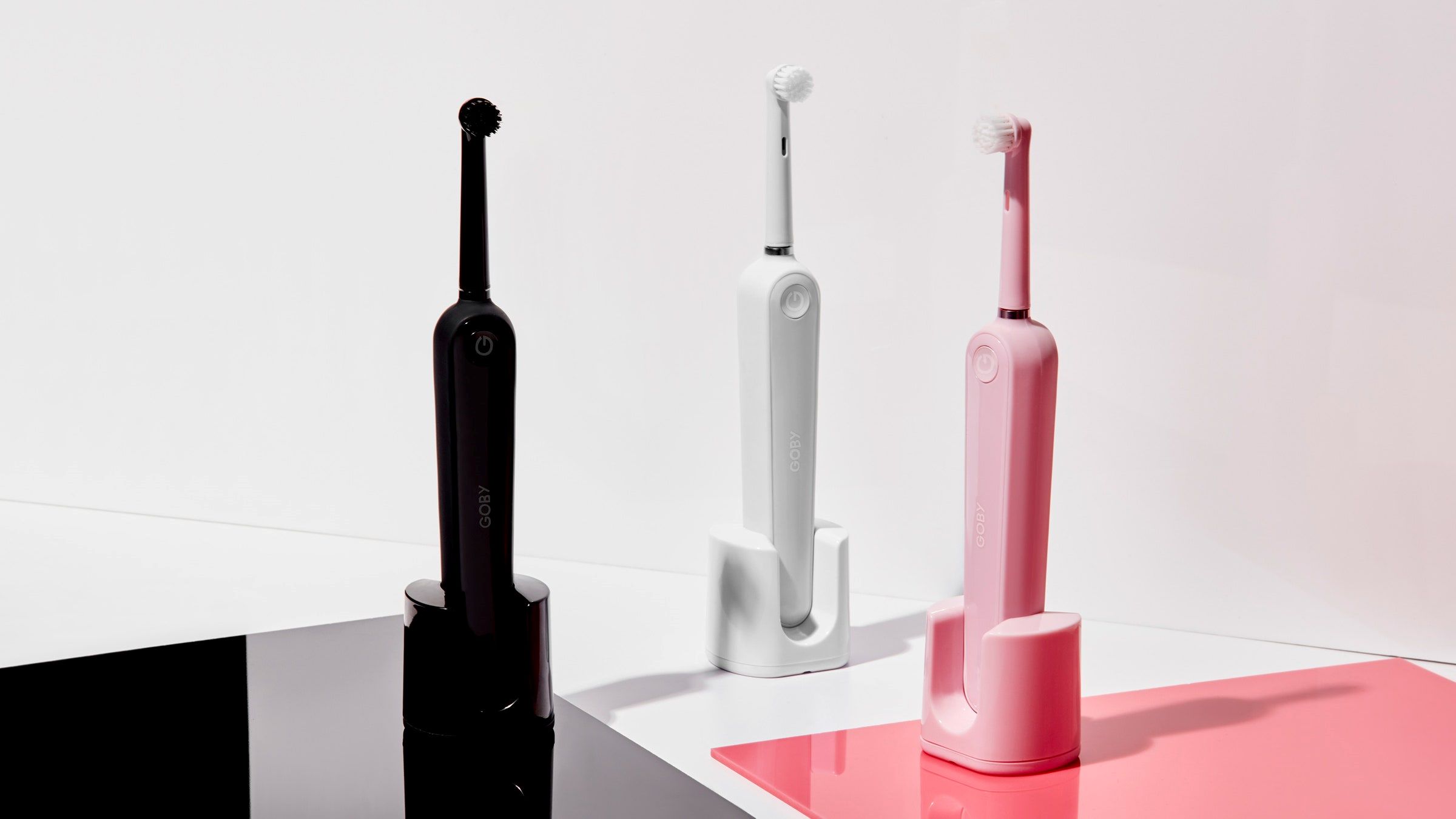
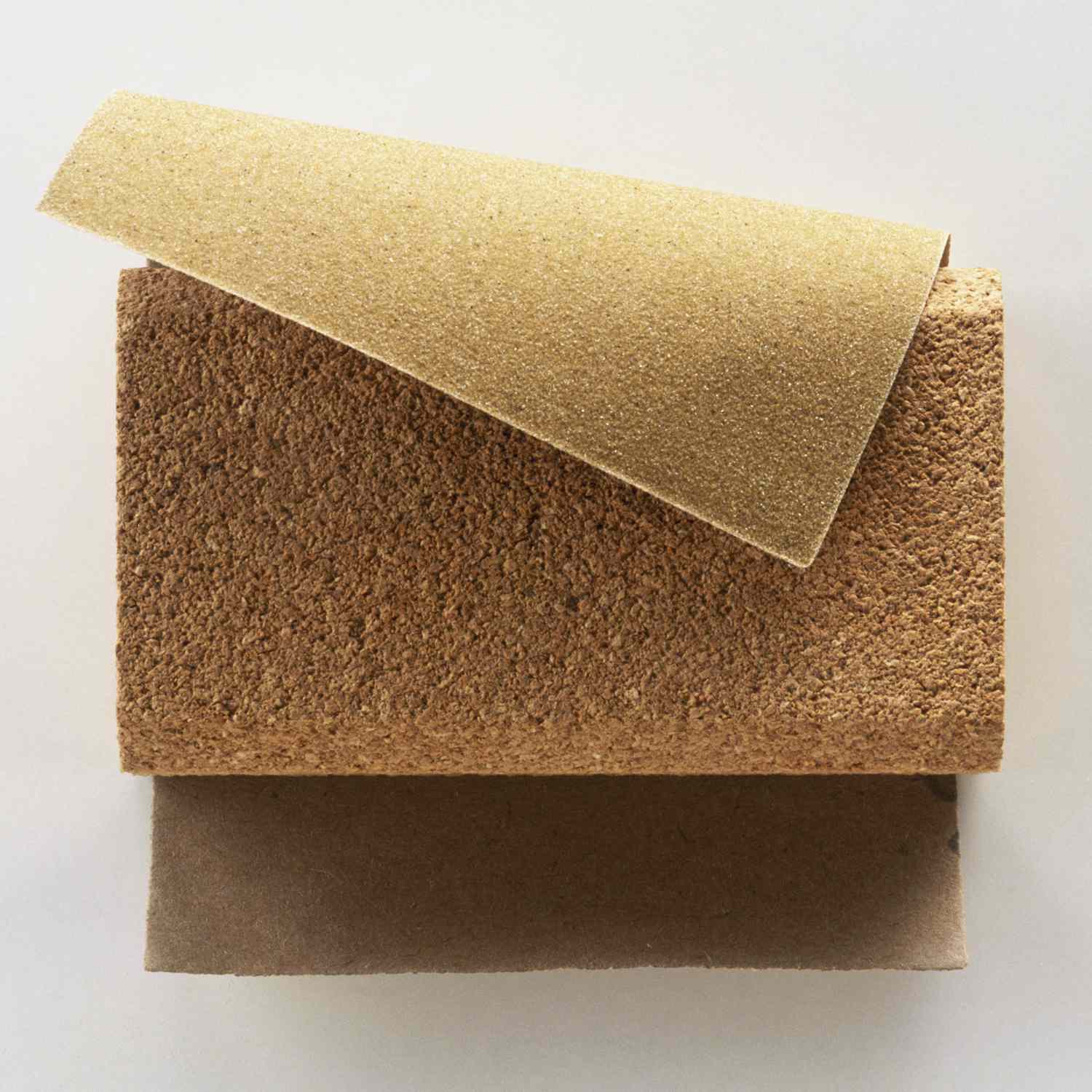
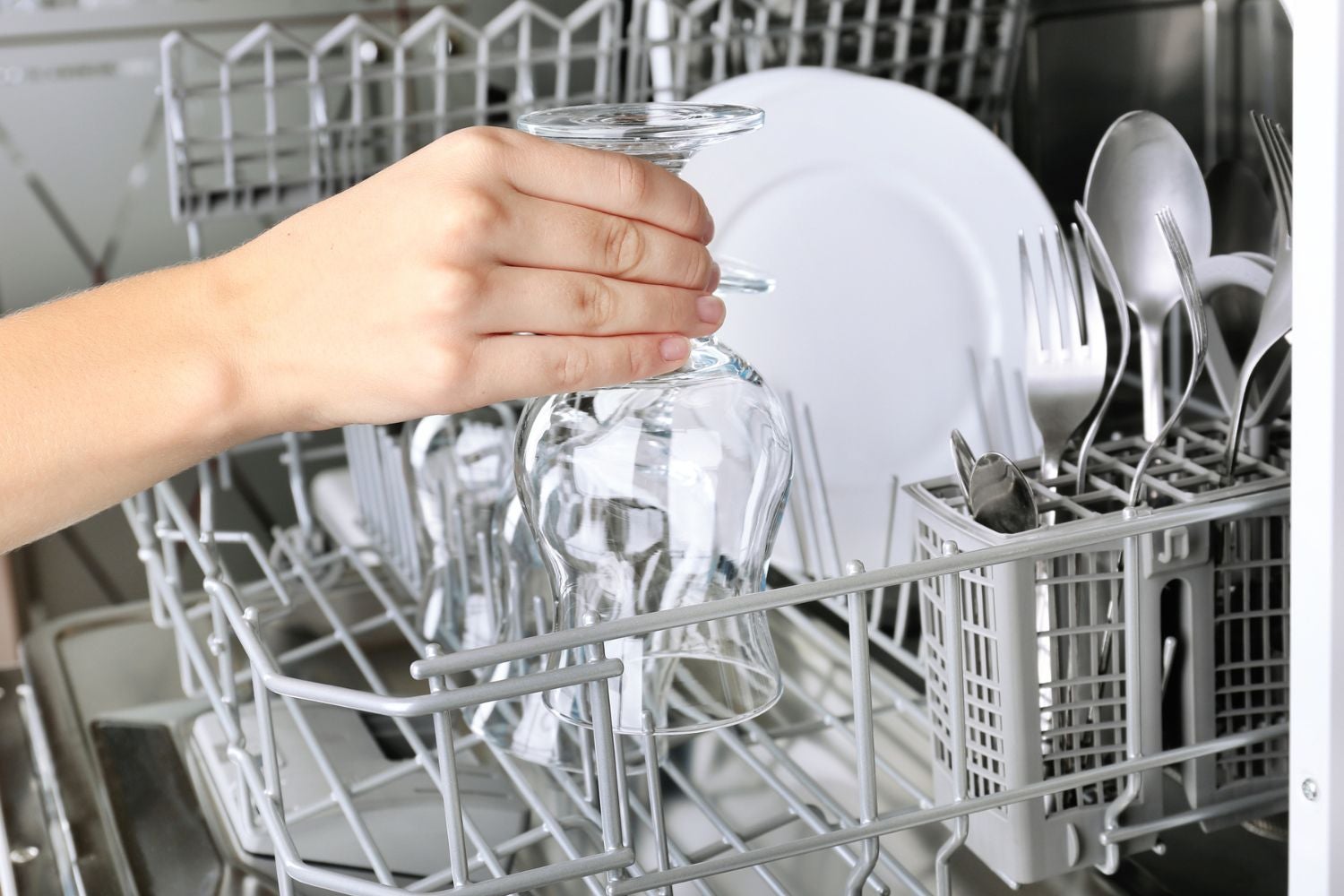
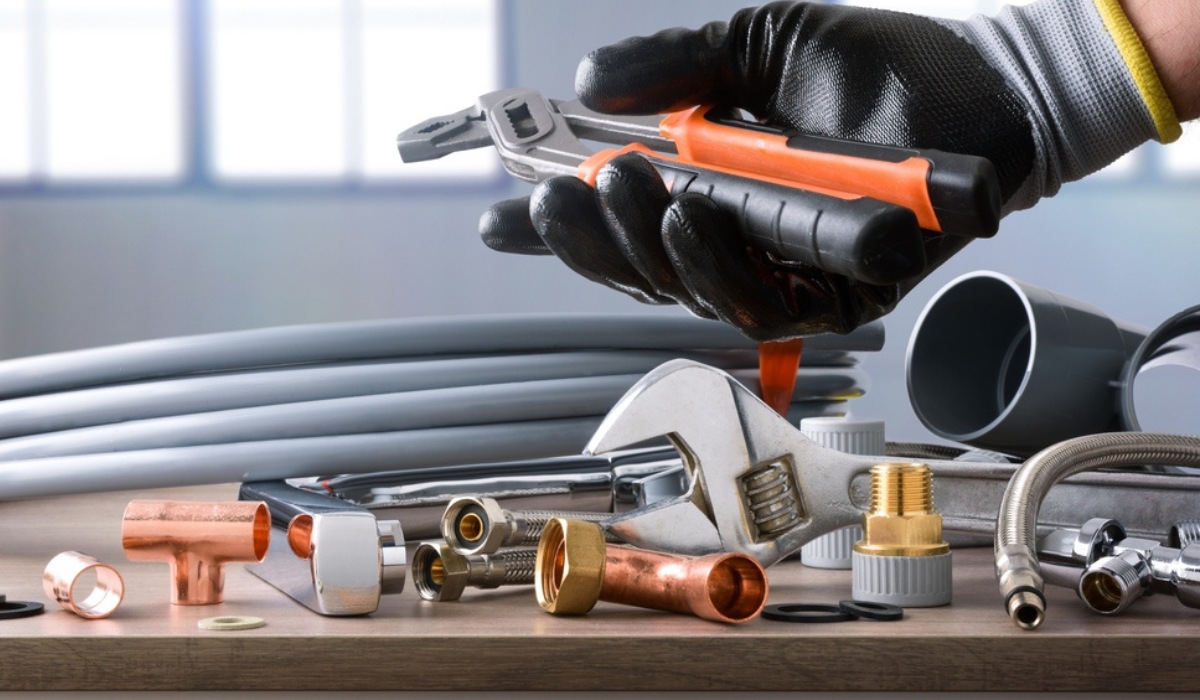


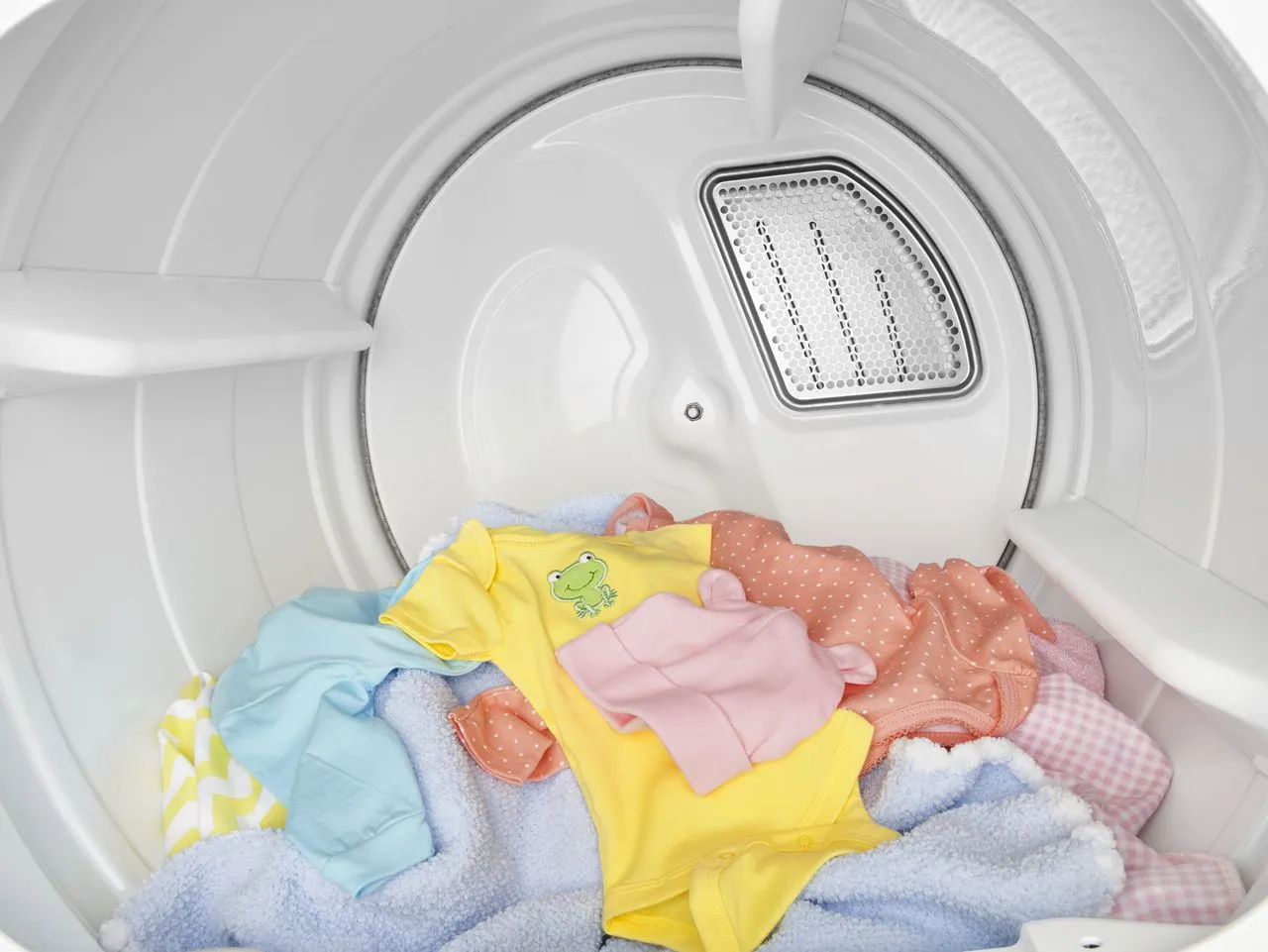
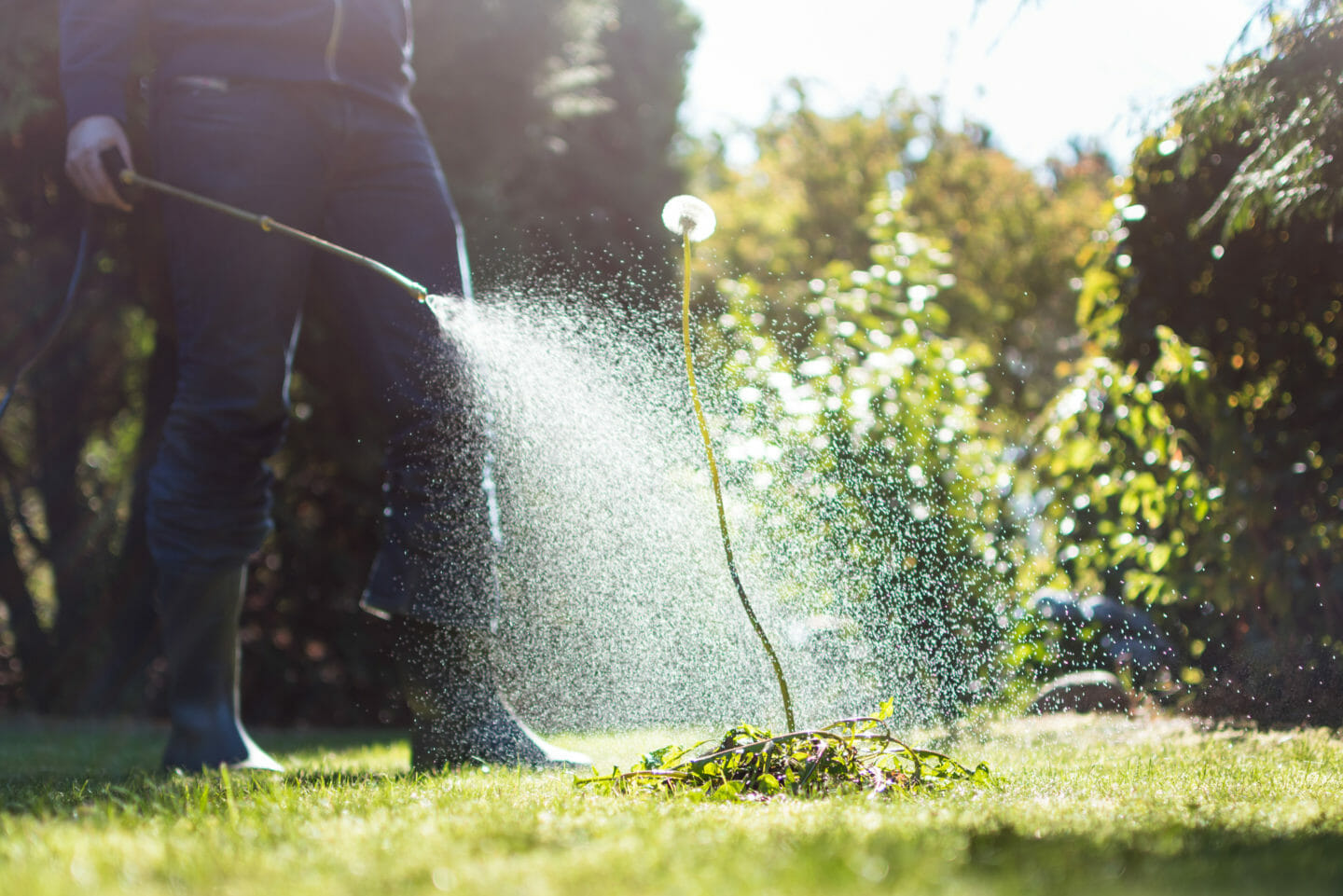

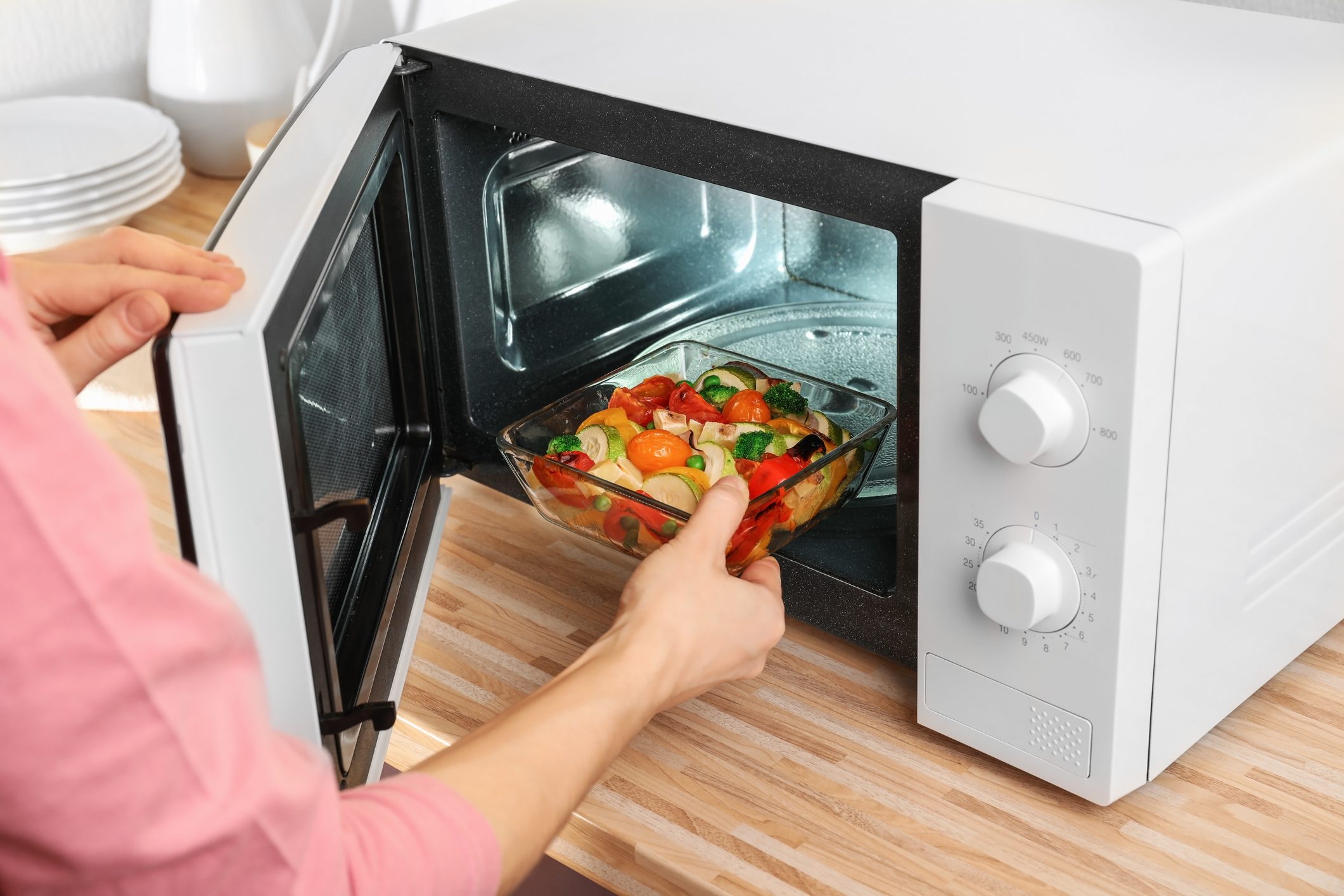

0 thoughts on “How Long Does Copper Plumbing Last”